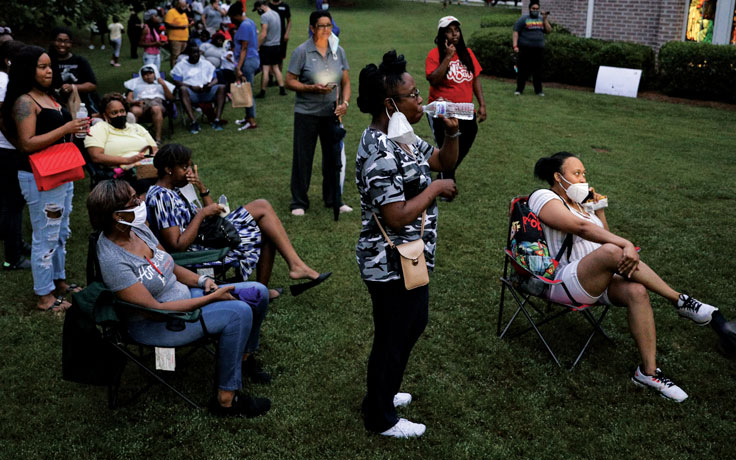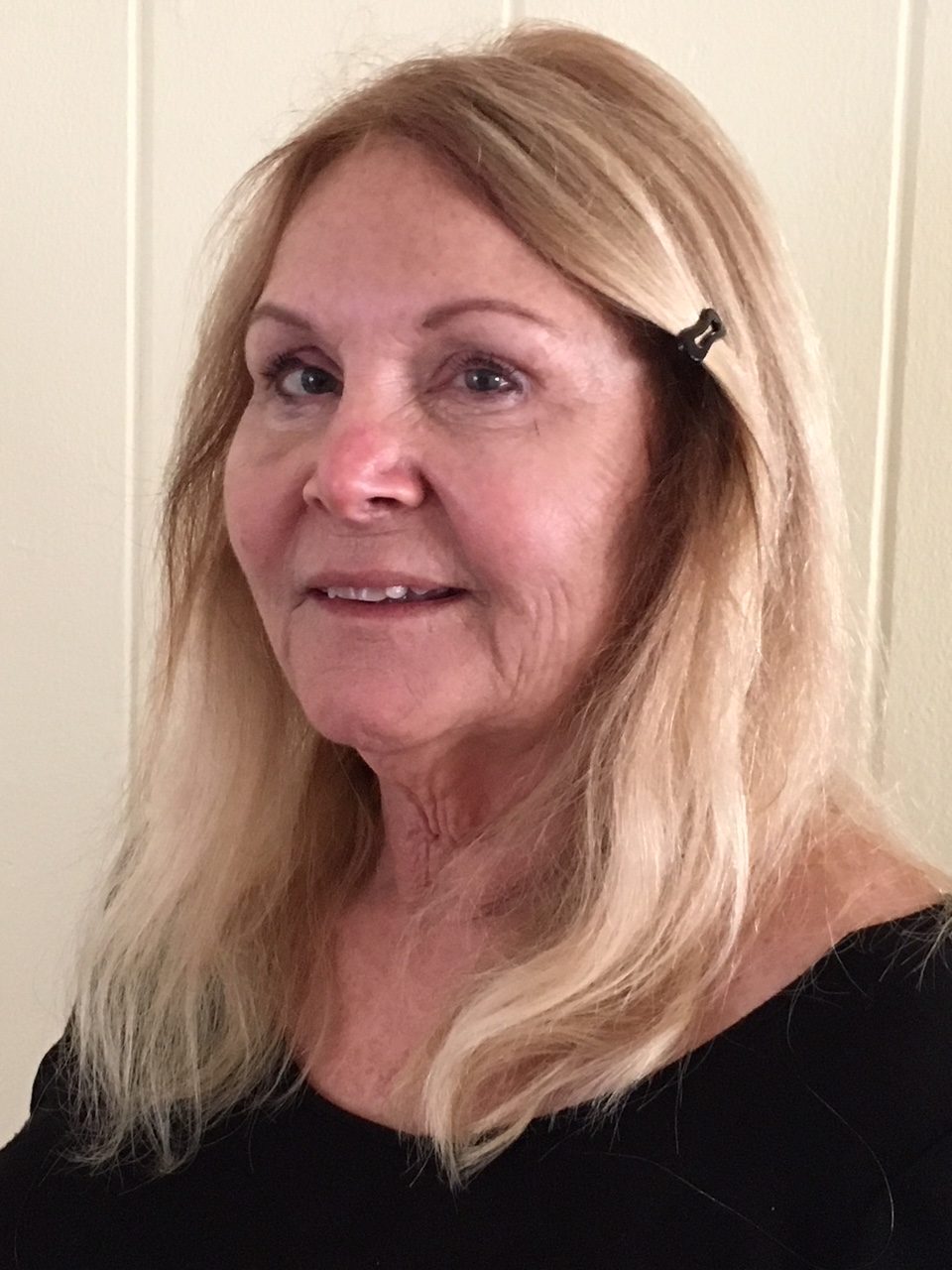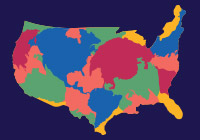OVER THE TWIN CRISES OF THE PAST YEAR — the COVID-19 pandemic and the resulting economic collapse — loomed the nation’s deep political and cultural divides, inflecting debates that seemed matters of common sense and science rather than political discourse, yet fell into the chasm of division. To mask or not to mask? To shut down businesses or allow them to stay open? To continue online lessons and closed campuses or send kids and teachers back into classrooms?
The pandemic shadowed voting in 2020, while the political divide helped push turnout to the point where a record 158 million voters cast ballots in the November 3 election. People unwilling or unable to vote by mail sometimes waited for hours in long lines or drove many miles to reach a polling place.
After losing both the popular vote and the electoral college tally, President Trump and his allies continuously claimed the balloting was fraudulent. Even after recounts in some key states failed to change the result and after nearly all of the more than 50 lawsuits they filed had been thrown out by numerous courts, they insisted that the election was stolen and that Trump had “won by a landslide.” Their “stop the steal” rallying cry led to the deadly assault on the nation’s Capitol on January 6.
As with so much of a paradoxical year, the challenges themselves have helped demonstrate the convincing sweep of Joe Biden’s victory — and of the reckless campaign to question it. The high turnout and the forceful rejection of the challenges by dozens of courts produced a convincing result despite the complaints of Trump supporters, said Mark Peterson, a UCLA professor of public policy.
“Despite the pandemic, and despite the very high levels of participation, and despite that much of this was done by mail and with election officials in some states having to ramp up for a very different kind of new experience, this was,” he said, “by all credible reports, probably the freest, fairest, most fraud-free election in American history.”
Sore losers: the election backlash
AND YET, THE NATURE OF ELECTIONS is that they are dynamic and competitive. One barely ends before the next one begins, and the opposing parties gird again for a contest. Some of those unhappy with the 2020 results have responded with scores of bills intended to make voting more difficult — election security, according to proponents; voter suppression in the eyes of critics. Peterson said bills in various states would create more stringent identification requirements and eliminate ballot drop boxes, two ideas certain to disproportionately affect people of color and those with lower income.
With division thus pivoting to 2022 and beyond, a substantial amount of work is going on around the country to learn more about what motivates people to vote, how they make balloting decisions and what can be done to improve voter participation and thus broaden representation.
UCLA political scientists Lynn Vavreck and Chris Tausanovitch were principal researchers on Democracy Fund+UCLA Nationscape, which has surveyed about half a million voters to get a nuanced view of their attitudes and priorities. Vavreck said the data will be publicly available starting April 1 and will form the basis of a book she and Tausanovitch are working on about the 2020 election.
The project began in July 2018 and lasted into January 2019, with interviews of 6,250 people per week. It focused not on voting processes but on people’s views on policy matters, Vavreck said. Overall, respondents listed Trump’s priorities, including the border wall and immigration items, as most important (regardless of whether they agreed with Trump).
Other academics have focused on the processes of voting and what motivates — or discourages — participation in elections. A report last fall by the UCLA Luskin Center for History and Policy revealed that even in liberal, diverse California, the electorate remains markedly whiter, wealthier and older than the state’s population as a whole.
California’s voting history
“A LOT OF THINGS HAVE CHANGED,” said Zev Yaroslavsky, a former longtime Los Angeles County supervisor who is currently director of the Los Angeles Initiative at the Luskin School of Public Affairs. He is a co-author of the report, “Reckoning With Our Rights: The Evolution of Voter Access in California.”
California has taken steps to make it easier to vote, Yaroslavsky noted, including allowing registration at DMV offices, no longer purging registration rolls of voters who missed elections, loosening the rules on absentee voting, adding early voting options and, during the pandemic, sending a mail ballot to every registered voter.
“Brick by brick, we’ve been removing the barriers to voting,” Yaroslavsky said. “Registration is up; we’ve made it easier for people to vote. A lot of things have changed but we still have a ways to go.
“WHAT WOULD SATISFY ME is if everyone who is eligible were registered and voted. That’s what we strive for,” he said. “That way, a democracy works at its maximum effectiveness, when everybody is represented.”
Alisa Belinkoff Katz, associate director of the Los Angeles Initiative and the report’s lead author, said California spent much of its first 100 years finding and inventing ways to limit access to voting. As the report notes, some of California’s devices for restricting the voting power of Chinese immigrants found their way to the Jim Crow South, where they were turned against would-be Black voters.
In California, that emphasis began to change shortly after World War II, when the state reveled in its growth and adopted a more welcoming posture toward immigrants. According to the report, whose authors also included UCLA students Izul de la Vega, Jeanne Ramin and Saman Haddad, voting exclusion policies started to reverse during those years, when California was under the leadership of a series of progressive governors, including Republican Earl Warren and Democrat Pat Brown.
“Beginning in the late 1950s, there was a steady stream of improving voter access,” Katz said, “until we got to where we are today.”
Los Angeles County: tilted toward wealth
Still, she said, the three stages of voting — holding citizenship, registering and casting a ballot — continue to be practiced unequally. Take Los Angeles County, California’s largest: Its five supervisorial districts have roughly equal population sizes, but “wealthier, Whiter districts cast as many as 40% more votes than those with heavily lower-income Latina/o, working-class populations.” The study also found that vote-by-mail participation increases with age, median income and education.
Katz said continuing the universal vote-by-mail system — sending a ballot to every registered voter in every election — would make voting more convenient. Six states currently use such a system, and it was done statewide for the first time in California during the last election. Moving to an automatic registration system — adding every citizen to the rolls when he or she turns 18 — might engage more voters at an early age.
And yet, research suggests that some reforms may not affect voting participation as much as one might assume.
Before joining the UCLA faculty in July, political scientist Daniel Thompson co-authored research as a doctoral candidate at Stanford that found switching to all-mail balloting increased voter turnout by a modest 2%. The study also found that universal mail voting does not favor one major party over the other.
Thompson and his co-authors collected data from 1996 to 2018 in three states that had implemented universal vote-by-mail systems on a staggered basis across counties: California, Utah and Washington. That way, researchers could make comparisons between counties that had mailed ballots to all voters and those that had not.
Partisans in both parties had expressed fear that their side would suffer, a worry that results of the study belied in its research article, “Universal Vote-by-Mail Has No Impact on Partisan Turnout or Vote Share.” In fact, the study’s more sobering conclusion was not that the efforts helped one side or the other but rather that the efforts did not help anyone very much.
“We find that implementing universal [vote-by-mail] has no apparent effect on either the share of turned-out voters who are Democrats or the share of votes that go to Democratic candidates, on average,” the authors reported. “We also find that it increases turnout by roughly 2%, on average.”
Recent improvements in research design techniques have allowed more precise results, Thompson said in a recent telephone interview. Thompson has since worked on more studies, including a just-released report on whether recent expansion of absentee ballot eligibility in Texas led to increased voter turnout. In essence, it found that voters who had been practicing in-person voting switched to mail balloting but not that wider access to mail balloting increased overall participation.
“Offering this method is really valuable to voters,” Thompson said. “They will switch [voting methods] if given a more convenient opportunity. But the idea that a lot more people would turn out to vote? That does not appear to be the case.”

























